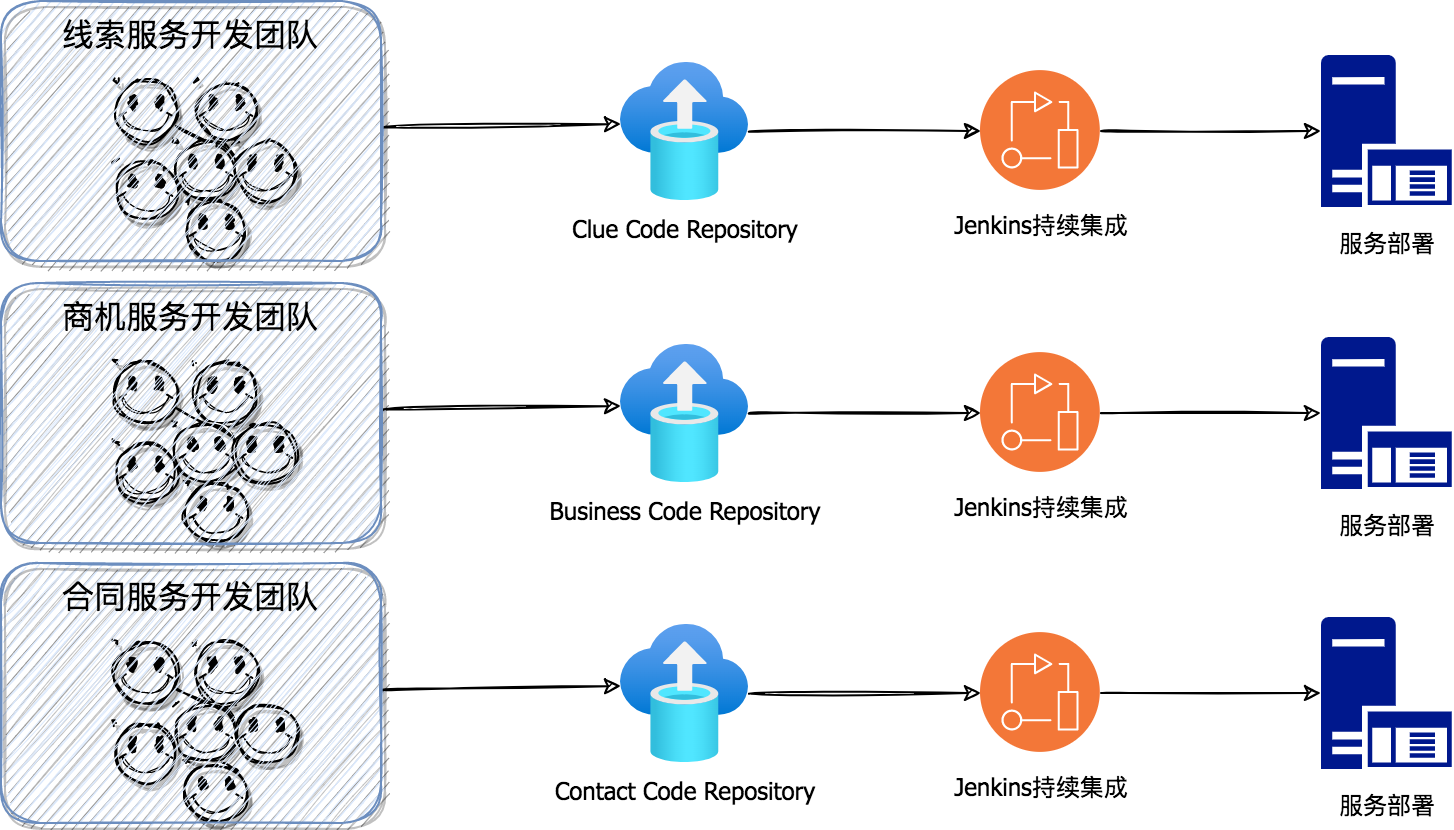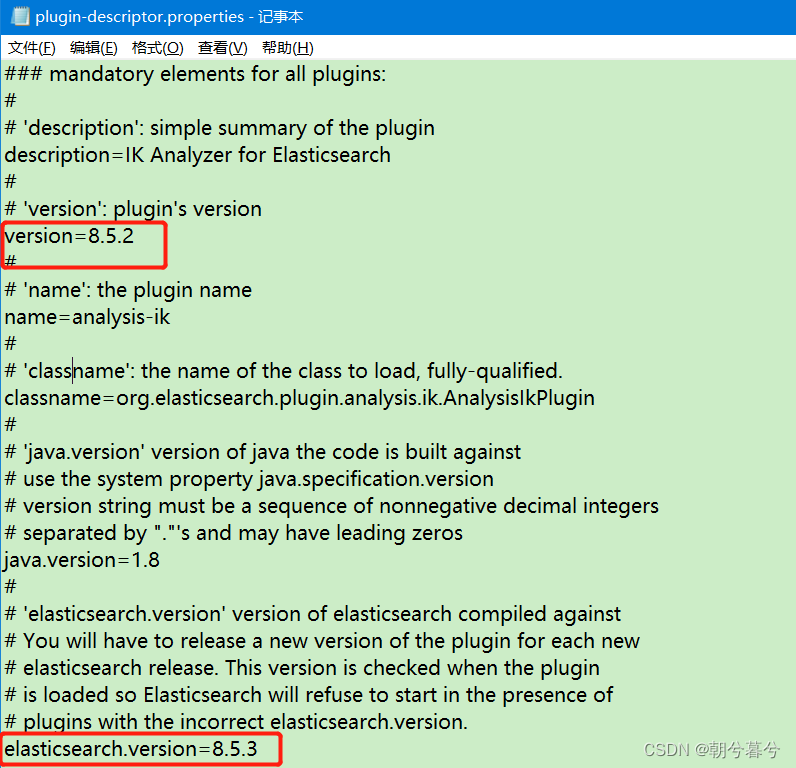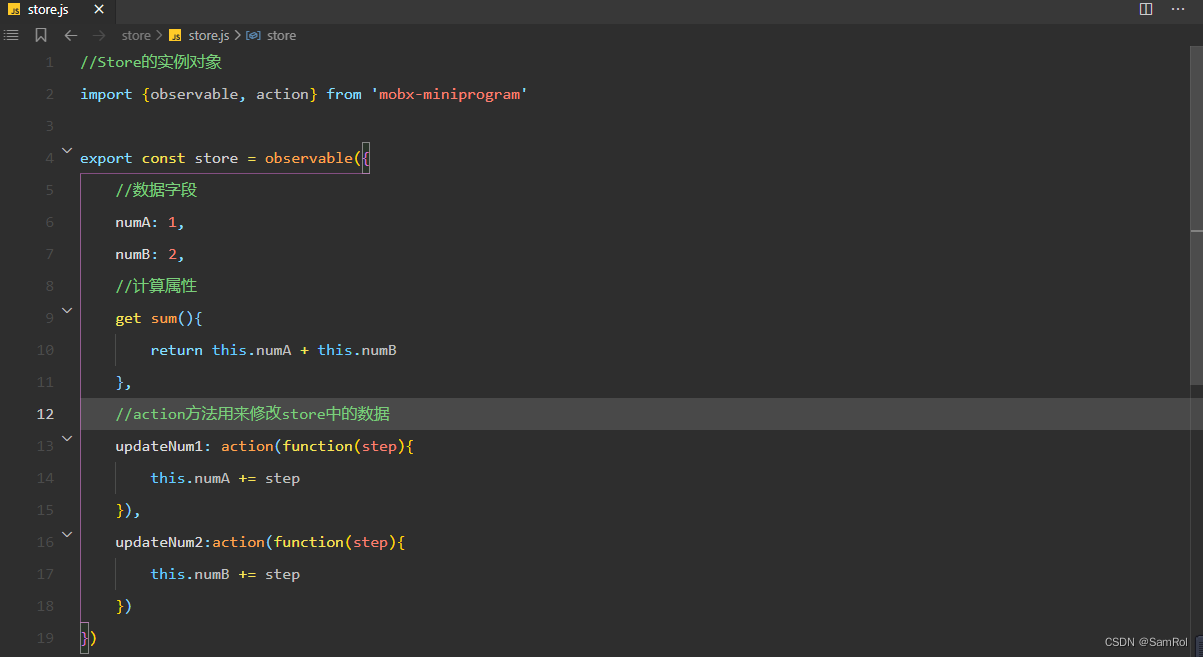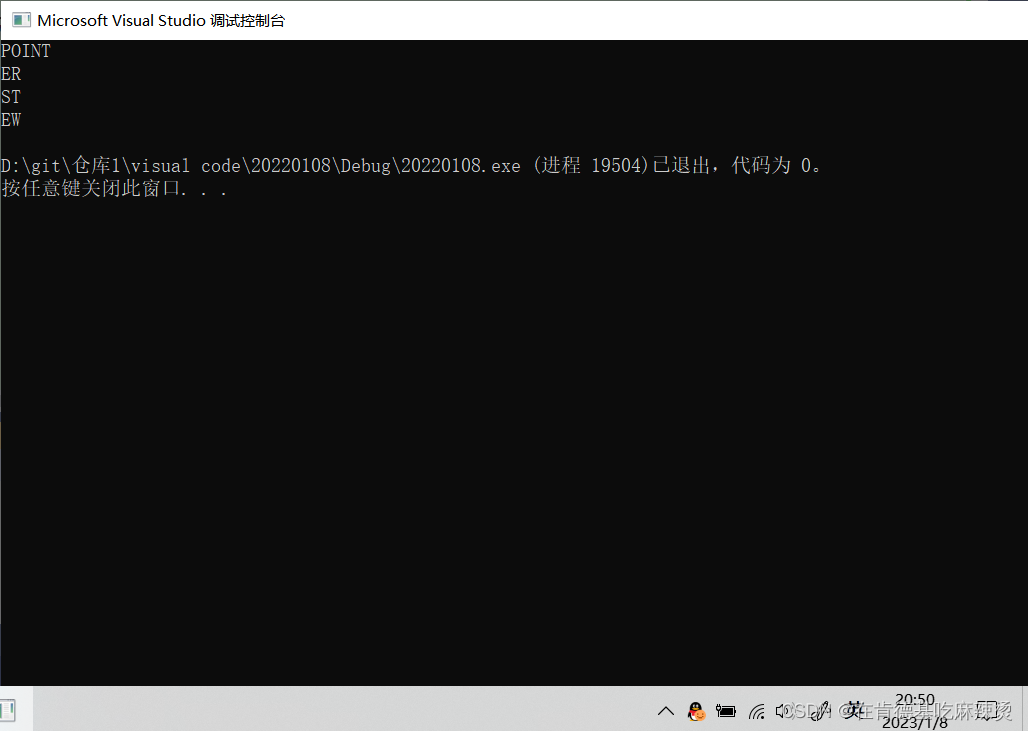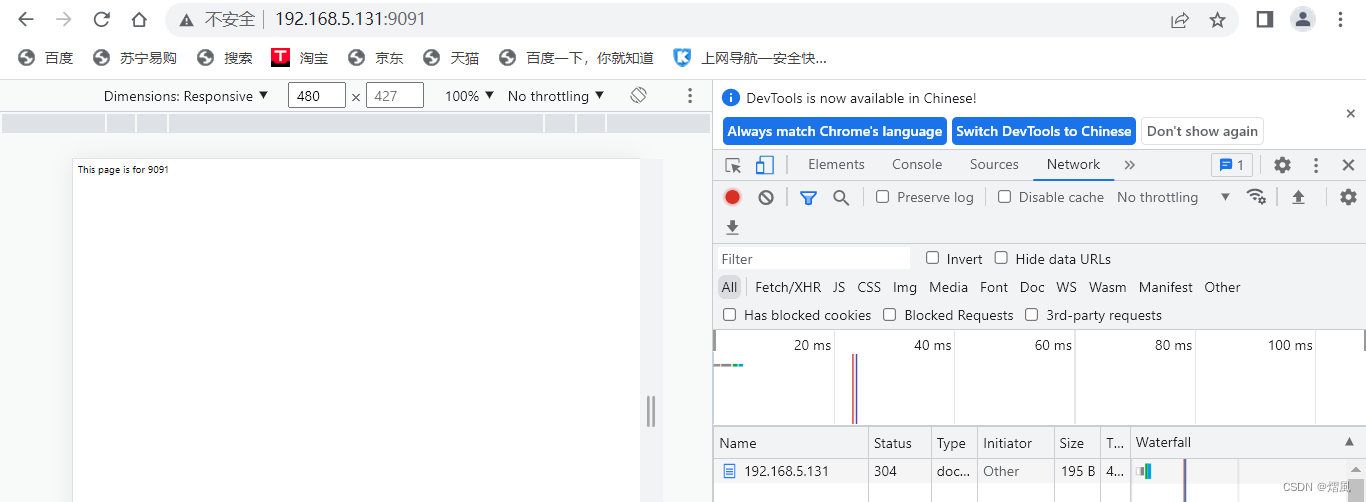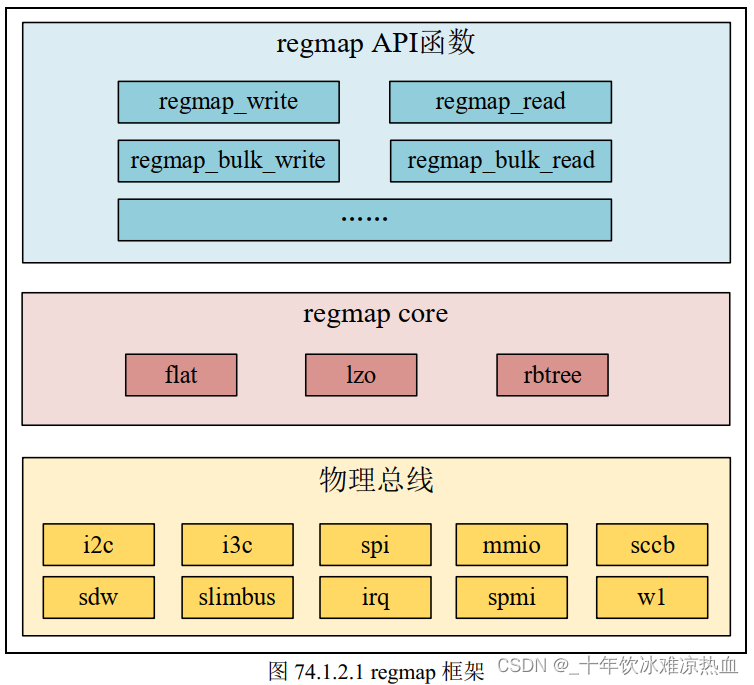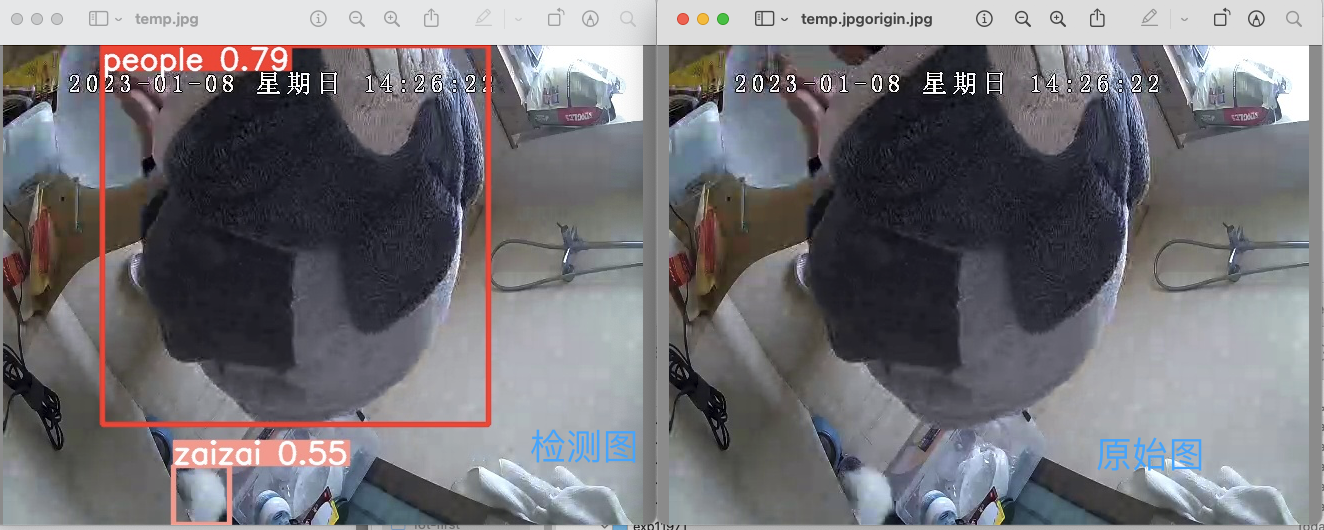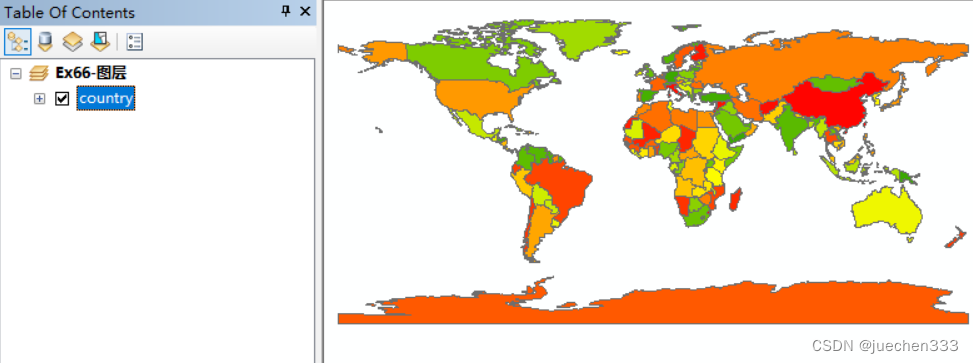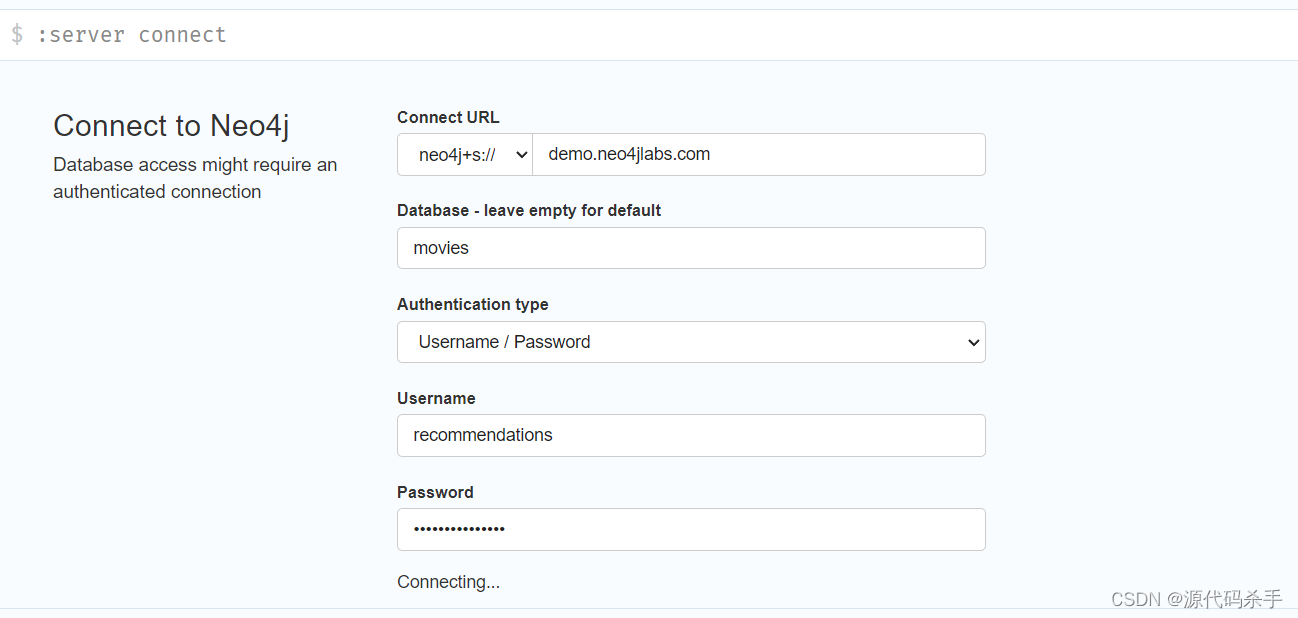KPTI(Kernel PageTable Isolation)全称内核页表隔离,它通过完全分离用户空间与内核空间页表来解决页表泄露。
KPTI中每个进程有两套页表——内核态页表与用户态页表(两个地址空间)。
内核态页表只能在内核态下访问,可以创建到内核和用户的映射(不过用户空间受SMAP和SMEP保护)。
用户态页表只包含用户空间。不过由于涉及到上下文切换,所以在用户态页表中必须包含部分内核地址,用来建立到中断入口和出口的映射。
当中断在用户态发生时,就涉及到切换CR3寄存器,从用户态地址空间切换到内核态的地址空间。
中断上半部的要求是尽可能的快,从而切换CR3这个操作也要求尽可能的快。
为了达到这个目的,KPTI中将内核空间的PGD和用户空间的PGD连续的放置在一个8KB的内存空间中(内核态在低位,用户态在高位)。
这段空间必须是8K对齐的,这样将CR3的切换操作转换为将CR3值的第13位(由低到高)的置位或清零操作,提高了CR3切换的速度。
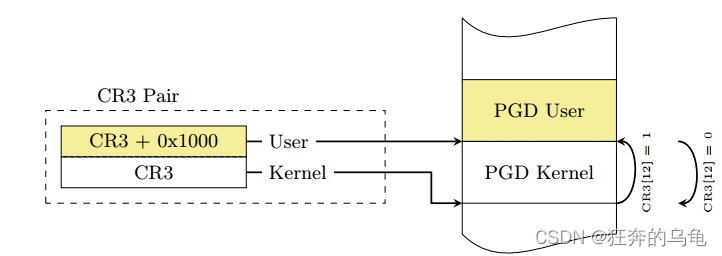
开启KPTI后,再想提权就比较有局限性,比如我们常用的ret2usr方式在KPTI下将成为过去时。
开启KPTI内核的entry_SYSCALL_64函数
ENTRY(entry_SYSCALL_64)
/*
* Interrupts are off on entry.
* We do not frame this tiny irq-off block with TRACE_IRQS_OFF/ON,
* it is too small to ever cause noticeable irq latency.
*/
SWAPGS_UNSAFE_STACK
// KPTI 进内核态需要切到内核页表
SWITCH_KERNEL_CR3_NO_STACK
/*
* A hypervisor implementation might want to use a label
* after the swapgs, so that it can do the swapgs
* for the guest and jump here on syscall.
*/
GLOBAL(entry_SYSCALL_64_after_swapgs)
// 将用户栈偏移保存到 per-cpu 变量 rsp_scratch 中
movq %rsp, PER_CPU_VAR(rsp_scratch)
// 加载内核栈偏移
movq PER_CPU_VAR(cpu_current_top_of_stack), %rsp
TRACE_IRQS_OFF
/* Construct struct pt_regs on stack */
pushq $__USER_DS /* pt_regs->ss */
pushq PER_CPU_VAR(rsp_scratch) /* pt_regs->sp */
pushq %r11 /* pt_regs->flags */
pushq $__USER_CS /* pt_regs->cs */
pushq %rcx /* pt_regs->ip */
pushq %rax /* pt_regs->orig_ax */
pushq %rdi /* pt_regs->di */
pushq %rsi /* pt_regs->si */
pushq %rdx /* pt_regs->dx */
pushq %rcx /* pt_regs->cx */
pushq $-ENOSYS /* pt_regs->ax */
pushq %r8 /* pt_regs->r8 */
pushq %r9 /* pt_regs->r9 */
pushq %r10 /* pt_regs->r10 */
pushq %r11 /* pt_regs->r11 */
// 为r12-r15, rbp, rbx保留位置
sub $(6*8), %rsp /* pt_regs->bp, bx, r12-15 not saved */
/*
* If we need to do entry work or if we guess we'll need to do
* exit work, go straight to the slow path.
*/
movq PER_CPU_VAR(current_task), %r11
testl $_TIF_WORK_SYSCALL_ENTRY|_TIF_ALLWORK_MASK, TASK_TI_flags(%r11)
jnz entry_SYSCALL64_slow_path
entry_SYSCALL_64_fastpath:
/*
* Easy case: enable interrupts and issue the syscall. If the syscall
* needs pt_regs, we'll call a stub that disables interrupts again
* and jumps to the slow path.
*/
TRACE_IRQS_ON
ENABLE_INTERRUPTS(CLBR_NONE)
#if __SYSCALL_MASK == ~0
// 确保系统调用号没超过最大值,超过了则跳转到后面的符号 1 处进行返回
cmpq $__NR_syscall_max, %rax
#else
andl $__SYSCALL_MASK, %eax
cmpl $__NR_syscall_max, %eax
#endif
ja 1f /* return -ENOSYS (already in pt_regs->ax) */
// 除系统调用外的其他调用都通过 rcx 来传第四个参数,因此将 r10 的内容设置到 rcx
movq %r10, %rcx
/*
* This call instruction is handled specially in stub_ptregs_64.
* It might end up jumping to the slow path. If it jumps, RAX
* and all argument registers are clobbered.
*/
// 调用系统调用表中对应的函数
call *sys_call_table(, %rax, 8)
.Lentry_SYSCALL_64_after_fastpath_call:
// 将函数返回值压到栈中,返回时弹出
movq %rax, RAX(%rsp)
1:
/*
* If we get here, then we know that pt_regs is clean for SYSRET64.
* If we see that no exit work is required (which we are required
* to check with IRQs off), then we can go straight to SYSRET64.
*/
DISABLE_INTERRUPTS(CLBR_NONE)
TRACE_IRQS_OFF
movq PER_CPU_VAR(current_task), %r11
testl $_TIF_ALLWORK_MASK, TASK_TI_flags(%r11)
jnz 1f
LOCKDEP_SYS_EXIT // 宏的实现与 CONFIG_DEBUG_LOCK_ALLOC 内核配置选项相关,该配置允许在退出系统调用时调试锁。
TRACE_IRQS_ON /* user mode is traced as IRQs on */
movq RIP(%rsp), %rcx
movq EFLAGS(%rsp), %r11
RESTORE_C_REGS_EXCEPT_RCX_R11
// 恢复除 rxc 和 r11 外所有通用寄存器, 因为 rcx 寄存器为调用系统调用的应用程序的返回地址, r11 寄存器为老的 flags register
/*
* This opens a window where we have a user CR3, but are
* running in the kernel. This makes using the CS
* register useless for telling whether or not we need to
* switch CR3 in NMIs. Normal interrupts are OK because
* they are off here.
*/
SWITCH_USER_CR3 // KPTI 返回用户态需要切回用户页表
/* 根据压栈的内容,恢复 rsp 为用户态的栈顶 */
movq RSP(%rsp), %rsp
USERGS_SYSRET64
/* 调用宏 USERGS_SYSRET64 ,其扩展调用 swapgs 指令交换用户 GS 和内核GS, sysret 指令执行从系统调用处理退出 */
........
........
可以看出,在入口和结束的地方都加了SWITCH_CR3相关的宏定义,尝试着分析SWITCH_KERNEL_CR3_NO_STACK,里面汇编实现如下:
mov rdi, cr3
nop
nop
nop
nop
nop
and rdi, 0xFFFFFFFFFFFFE7FF
mov cr3, rdi
拆分FFFFFFFFFFFFE7FF,它的第12和13位是零,这段代码目的就是将CR3的第12位与第13位置零(页表的第12位在CR4寄存器的PCIDE位未开启的情况下,都是保留给OS留做他用),我们只关心13位置零,就相当于CR3-0x1000,从用户态PGD转换成内核态PGD。
再看SWITCH_USER_CR3宏定义的汇编:
mov rdi, cr3
or rdi, 1000h
mov cr3, rdi
同理,将CR3第13位置1,相当于CR3+0x1000,从内核态PGD切换成用户态PGD。
